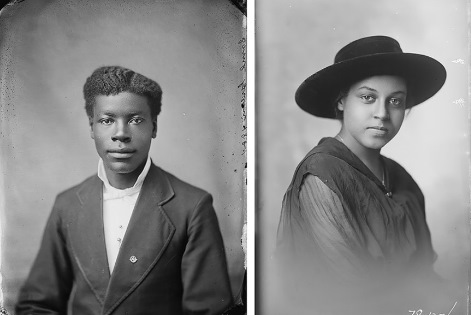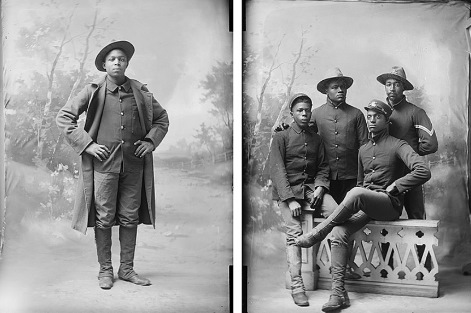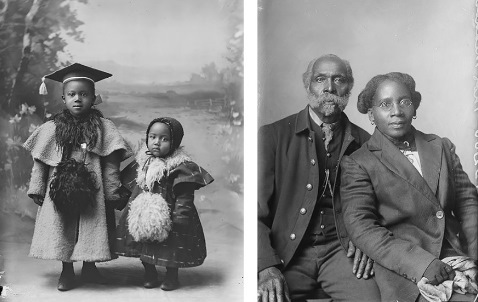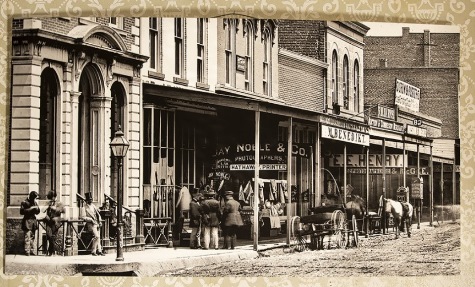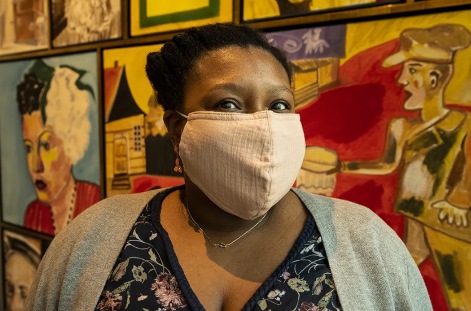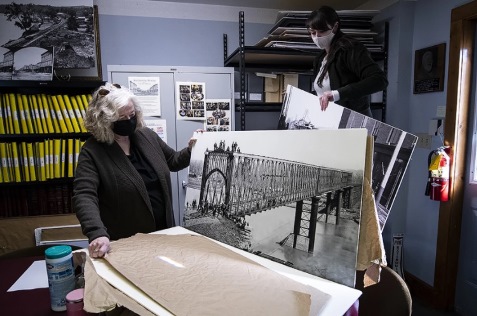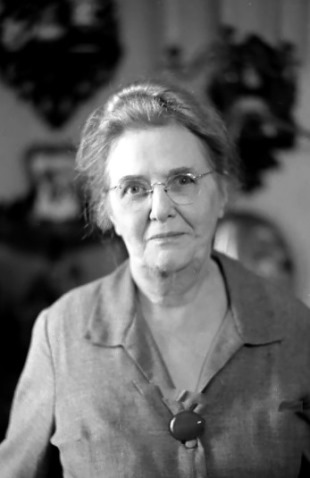More than 5,000 inmates and 975 prison staff have tested positive for the coronavirus.
by Nomin Ujiyediin, Kansas News Service
Leoti Masterson hasn’t seen her son, Jeff, since March. She used to visit him at the Winfield Correctional Facility once a week to play cards, reminisce and pray together, sometimes for hours at a time.
But when the pandemic started, Kansas prisons stopped allowing visitors as a coronavirus precaution. Now, Masterson makes do with daily phone calls no longer than 20 minutes.
“He’s my closest family member,” Masterson said. “So, yeah, this is hard.”
Yet suspending visits hasn’t kept the coronavirus from Kansas prisons. It was first detected at the Lansing Correctional Facility in early April. Cases have been found in staff and inmates at nearly every facility since.
More than 5,000 inmates have tested positive. The nonprofit news website The Marshall Project, which takes a critical look at the country’s criminal justice system, says that puts Kansas among the states with the highest infection rates in its prisons.
Out of roughly 2,800 prison workers in Kansas, 975 have tested positive for the virus. Twelve inmates and three staff members have died. Meanwhile, Kansas has yet to respond to requests to release inmates to reduce their chance of getting sick.
The Kansas Department of Corrections has instituted some policy changes to prevent the spread of the virus, including quarantining all positive inmates at Lansing, which has newer buildings with better ventilation.
The agency has also given cloth masks to all inmates and staff and tried various social distancing measures at prisons.
Still, some staff and inmates have said such measures are either ineffective or hard to enforce. And like other prison systems, the corrections department has not stopped transferring inmates between facilities.
Meanwhile, advocates for incarcerated people continue to say that releasing prisoners would alleviate some of the close quarters where it spreads most quickly — protecting both those inmates and the surrounding communities where staff live.
Corrections officials declined multiple requests for interviews and did not answer emailed questions. But in a statement, spokesperson Randy Bowman said the department was working closely with public health officials.
“We continue to coordinate our response to COVID-19 with officials at the Kansas Department of Health and Environment to ensure all mitigation efforts are consistent with current public health practices,” Bowman said in an email.
Social distancing
Jeff Masterson, Leoti Masterson’s son, said he tested positive for the virus in August and was moved from Winfield to Lansing. In emails and letters, he said that inmates don’t always wear masks properly and some quarantined at Lansing claimed they no longer had symptoms even if they were still feeling sick.
“Everyone wants out of there and back to their relative normal,” Masterson said. “So inmates work the system.”
Masterson was moved back to Winfield after about two weeks. In early December, he was transferred to the Larned Correctional Mental Health Facility.
At Winfield, where he usually serves his sentence, Masterson said the dining hall was closed, but inmates sit near each other to eat in residential areas. They have access to soap in bathrooms, but hand sanitizer, paper towels, bleach and vinegar are banned. Recreation is separated by floor, although he says people typically don’t wear masks and there are no social distancing rules.
People in other prisons have reported a similar lack of distancing. Mari Flowers, the mother of a woman in the Topeka Correctional Facility, said her daughter has been quarantined in a tent in the prison’s laundry room since she began her sentence at the end of October.
“They put these women in an impossible situation,” Flowers said. “They can’t even make it inside the prison.”
Flowers said her daughter, Jordan Fuller, had been tested for COVID nine times. Fuller’s quarantine has started over four times. Flowers said the prison was waiting for every new arrival to the prison — dozens of women — to all test negative at the same time before letting them into the main prison buildings.
“They don’t deserve to be treated that way. They’re already in a bad place. They put themselves there and they know that,” Flowers said. “But I just feel they need to take better care of these people.”
The corrections department did not respond to questions about the facility. The Topeka prison did not return a request for comment.
Jon-Wesley O’Hara is a corrections officer at Topeka, the state’s only women’s prison. Enforcing pandemic precautions is difficult, he said, now that the prison has been relaxing disciplinary measures that can sometimes delay early releases for good behavior. He said officers are left with little recourse when inmates refuse to wear masks.
“It is up to us to try to mitigate their decisions as much as possible,” O’Hara said. “We need to take this a lot more seriously.”
Kansas prisons have struggled with understaffing, which the pandemic has exacerbated. Officers have to miss work because they’re quarantining, taking care of children or working at other prisons that need the help. The ones who are left sometimes have to pull double shifts that can last as long as 16 hours. O’Hara said.
The corrections department offers extra pay for officers in COVID-positive units, but O’Hara said that for some employees, that extra money is approaching the state’s statutory limit for employee merit pay.
“This is a hard job,” he said. “It gets harder every day, and this is just another level of stress.”
When O’Hara’s roommate, who also works at the prison, tested positive for COVID, they had to stay home from work. O’Hara said he had to call his ex-wife to tell her he couldn’t see his children for Thanksgiving.
“That is the hardest thing in the world to not be able to see your kids,” he said. “You will never be able to replace that in-person contact.”
Clemency
Throughout the pandemic, criminal justice activists have advocated for the widespread release of people from prisons, jails and detention centers as the only effective way to socially distance. Jails and prisons in California, Michigan, New Jersey and other states released thousands of people over the course of the year.
In April, the American Civil Liberties Union of Kansas filed a lawsuit to compel Kansas prisons to do the same. Leavenworth County Judge David King dismissed the suit. Gov. Laura Kelly’s office approved the release of only six people in May.
Since then, the ACLU says it has filed more than 90 clemency applications for Kansas prisoners with the state’s prisoner review board. About 30 of them are waiting for a decision from Kelly, but the applications haven’t been denied or approved. The organization still maintains that release is the best solution for COVID spread in prisons.
“The only way to make sure that the transmission rates go down,” said ACLU legal director Lauren Bonds, “is to make sure that people in prisons can observe the same protocols that we’re being told to observe out here in the community.”
Bonds said many of the clemency applications are for people who have a short time remaining on their sentences or have jobs, housing and family waiting for them on the outside. Their release, she said, could also mean reducing community spread in towns where many of the residents work at prisons.
“The consequences … are not limited to what will happen to inmates,” Bonds said. “This is a community health issue.”
In an email, a Kelly spokesman said the governor is still considering the requests.
“The Governor will consider every clemency request after she receives a full process of developing facts and with input from those affected,” he said in an email.
Nomin Ujiyediin reports on criminal justice and social welfare for the Kansas News Service. You can email her at nomin (at) kcur (dot) org and follow her on Twitter @NominUJ.
The Kansas News Service is a collaboration of KCUR, Kansas Public Radio, KMUW and High Plains Public Radio focused on health, the social determinants of health and their connection to public policy. Kansas News Service stories and photos may be republished by news media at no cost with proper attribution and a link to ksnewsservice.org.
See more at https://www.kcur.org/news/2020-12-21/kansas-prisons-have-some-of-the-highest-covid-19-infection-rates-in-the-country.

